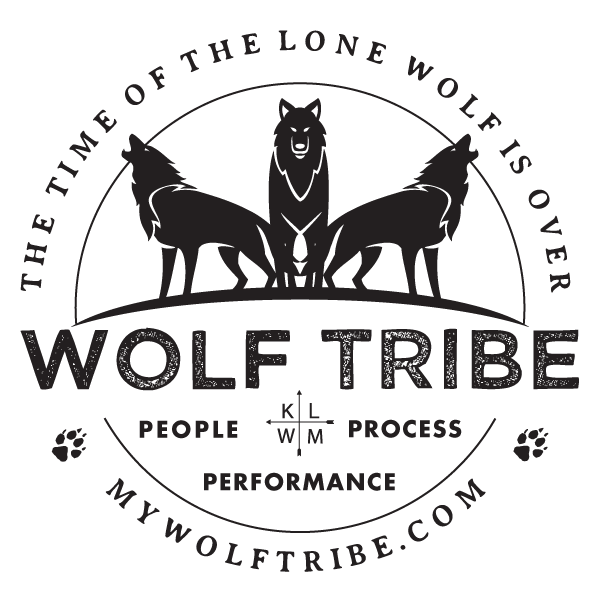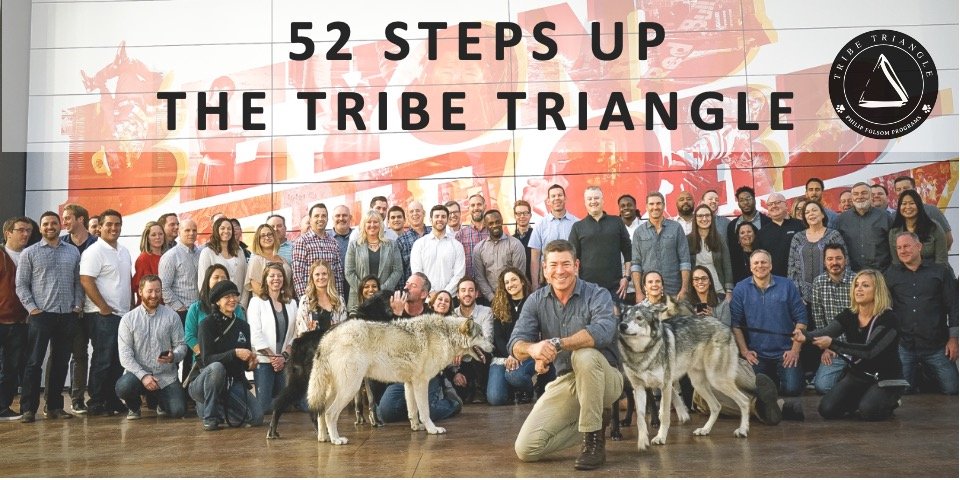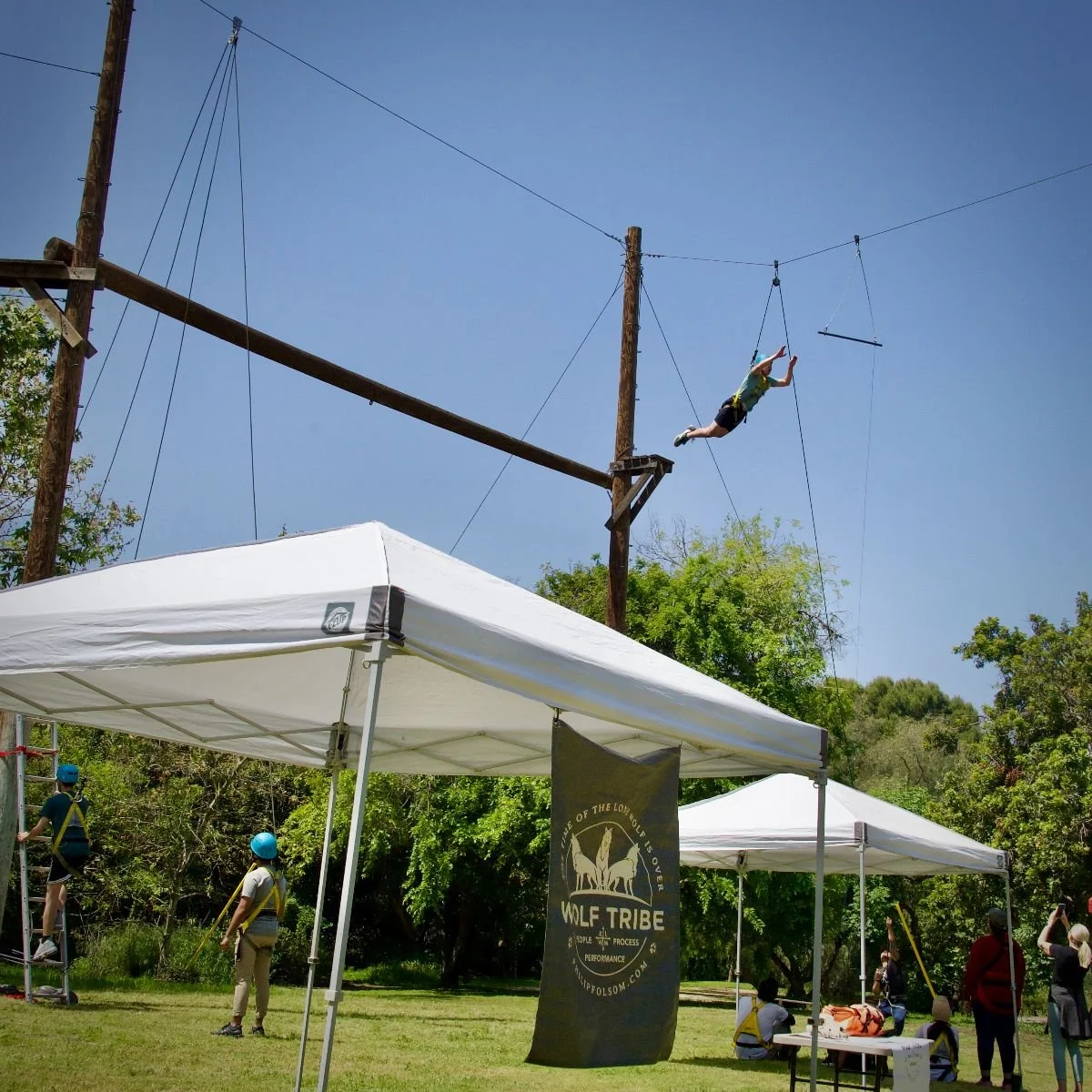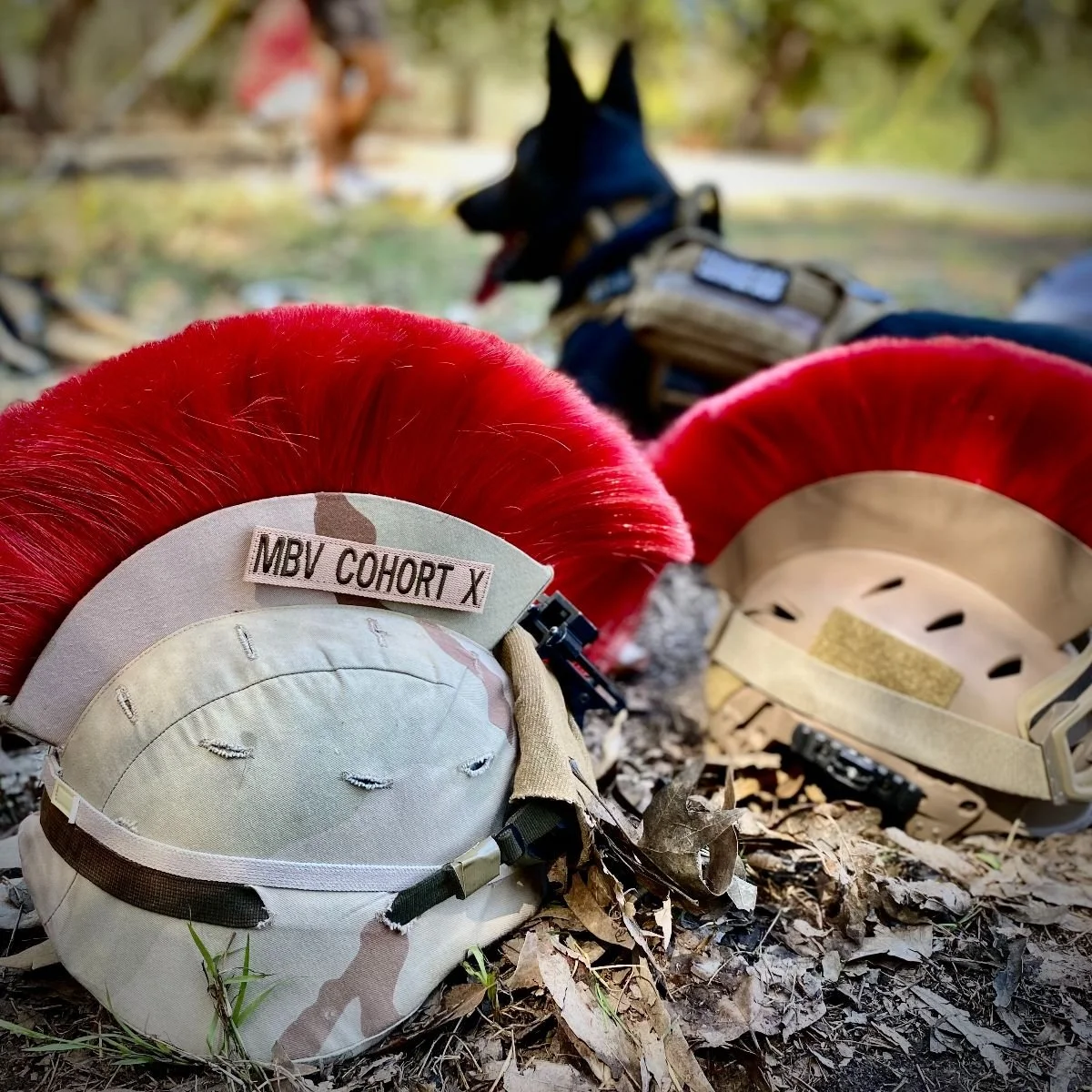Step 29 Up the Tribe Triangle: Innovation
“Evolution is not survival of the fittest
it is survival of the most adaptable.”
-Philip Folsom
Innovation is intentional and accelerated adaptation.
We discussed the importance and best practices of change management in step 13 but innovation is another animal entirely. Innovation is intentional risk taking and revolution of ideas, projects and practices. Innovation is more than creativity which is just thinking of new ideas. Innovation is actually doing them.
Innovation is the ability to see past the threat of change and see the opportunity.
Corporate clients often come to me with a wish list of culture development outcomes. Almost all of them come straight out of the Healthy Conflict level of the Tribe Triangle and innovation is at the top of that list. When asked to help companies create a culture of innovation, I always respond by asking: “are you willing, prepared and strong enough to lose and fail?” Risk and failure is the unavoidable cost of innovation.
“There is no innovation without failure. Period.”
-Brene Brown
Failure is the lifeblood of innovation, and this is why it cannot be successfully activated until the Healthy Conflict phase of culture creation. We cannot innovate if we cannot incorporate failure in the process and the result. We must learn to hunt and embrace honest failure, breakdowns and limits in the pursuit of growth. Innovation is a product of experience. It is applied creativity. The enemy of innovation is judgement, control, comfort and safety.
Innovative companies must be prepared for the conflict of loss because most innovation fails. You, as Head of Culture must model and support these failures. This means popping the hood and taking a look at all the culture drivers that create Healthy Conflict. If you are committed to innovation, you must build this philosophy into both your alignment and kinship components.
If innovation is a priority for you and your team, you must include those components in your core values. These growth-driving behaviors will power risk-taking, collaboration and all the other foundations of sustainable innovation.
Here is an example of a corporate values statement that champions a culture of innovation: “We have an incredibly high tolerance for non-repetitive mistakes
made in the pursuit of excellence.”
In addition to being intentional with your vision, mission and values from the alignment phase, almost the entire stable of kinship functions will also power innovation. Focus on celebrating differences, boosting morale and trust and safety are all indispensable for ongoing innovation.
“The only constant is change.”
-Heraclitus
Innovation is playing offense instead of defense.
A football team that is built around offense is going to get scored on a lot and there will be many incomplete passes, especially in the beginning. That’s the nature of throwing the ball downfield. Most passes are incomplete but the ones that do connect gain lots of yards and score lots of points. Are you ready and resilient enough to withstand that assault on your confidence and numbers?
Many of my clients are looking for the quick fix, magic bullet of success and this includes innovation. Innovation looks quick but is actually the product of long-term, intentional investment in your culture. We must normalize risk-taking and growth as well as the safety and resiliency required to persevere through failure.
Fail fast. Fail forward.
Click here To watch the video of Step 29: Innovation
Leaders Must Write and Speak
Answer these questions in your journal by really writing them down. Discuss them with at least one of your most important people and really listen to their response.
When was the last time you fully committed to something and failed? This question is probably harder than it seems because you may have not fully committed to a risk recently. None of us do because that involves failure.
Were you transparent in that failure? This is how we model and normalize innovation to our families and teams.
Ubuntu,
Philip Folsom





